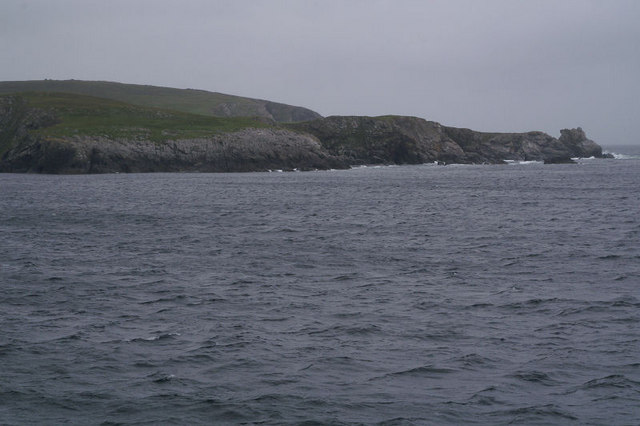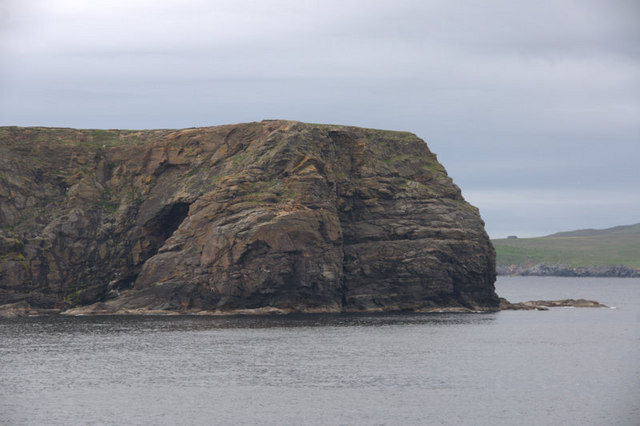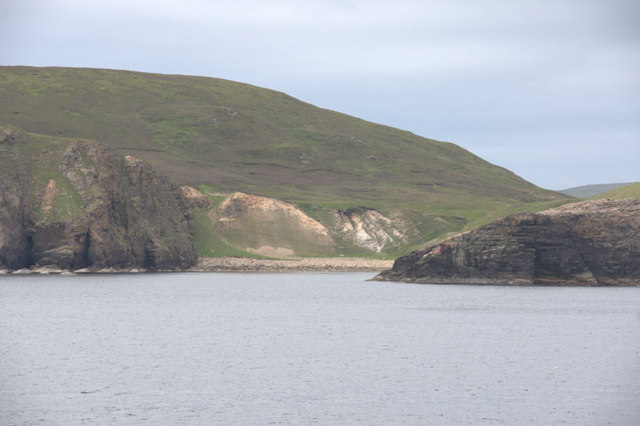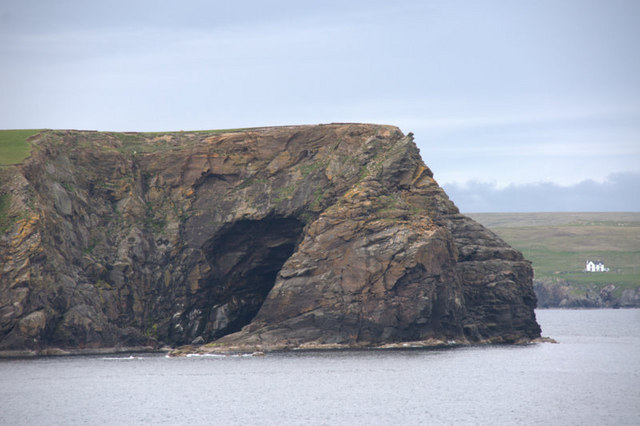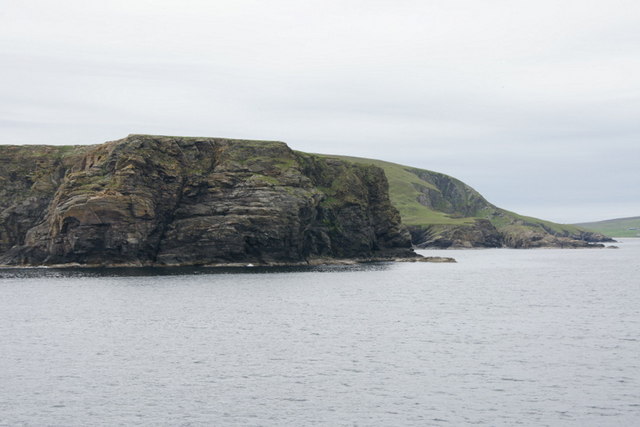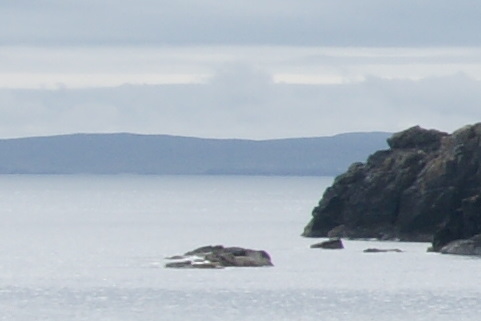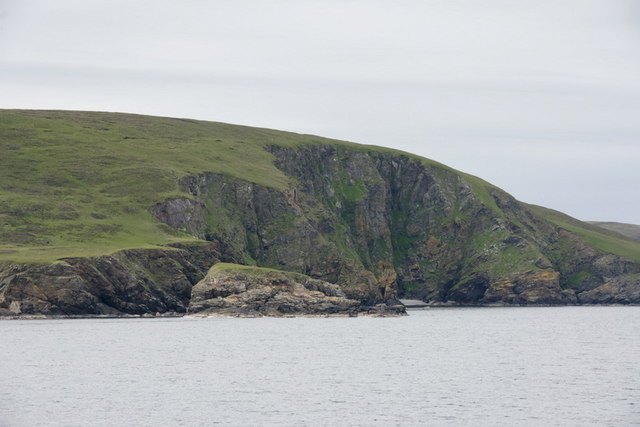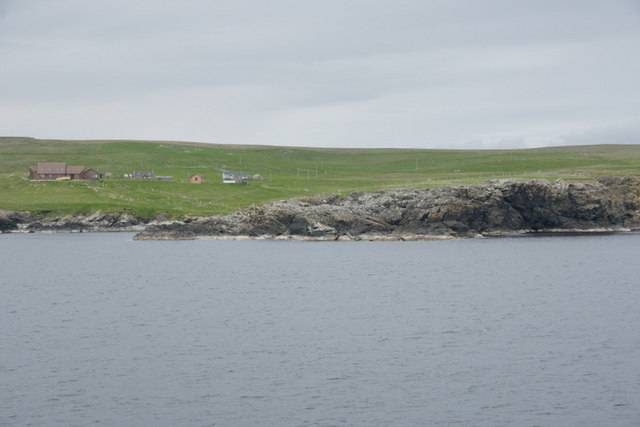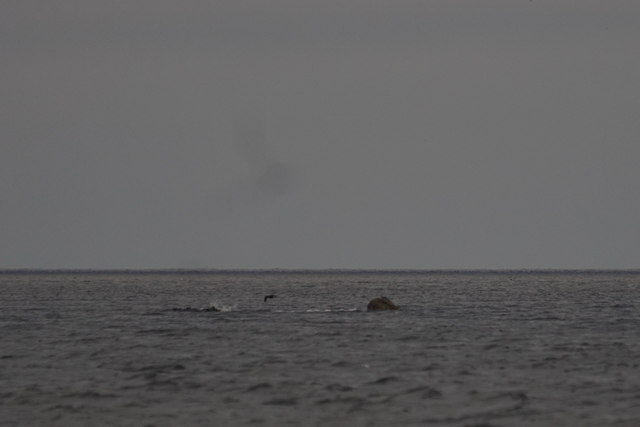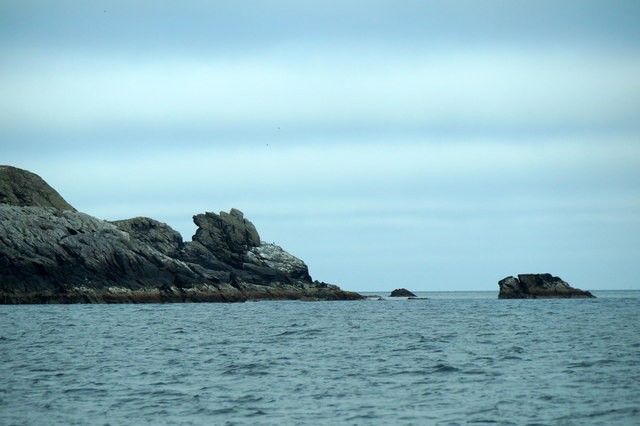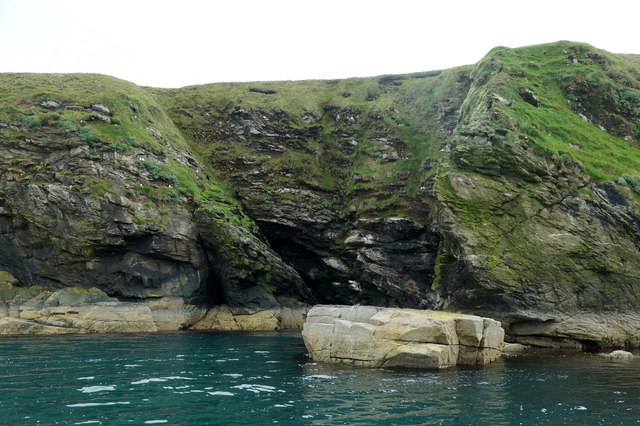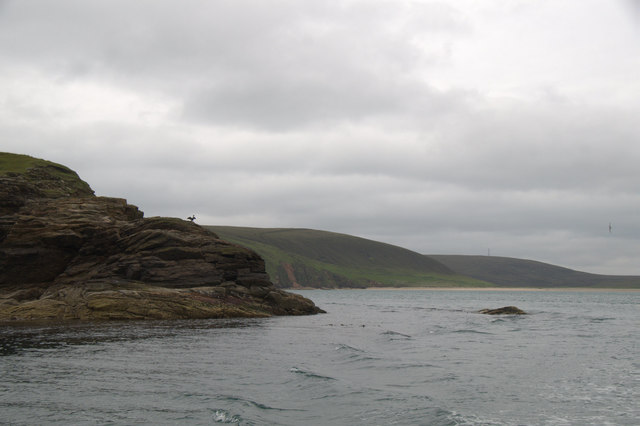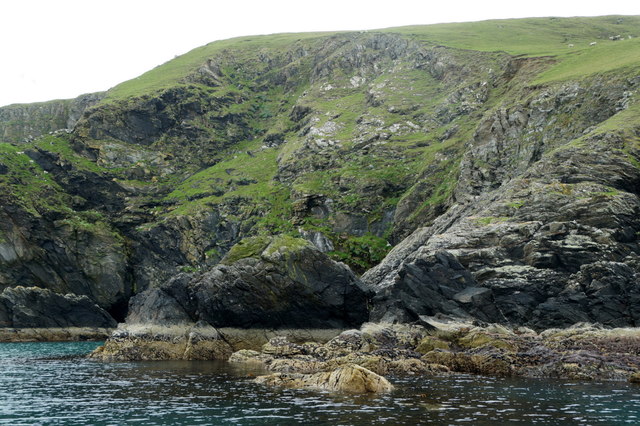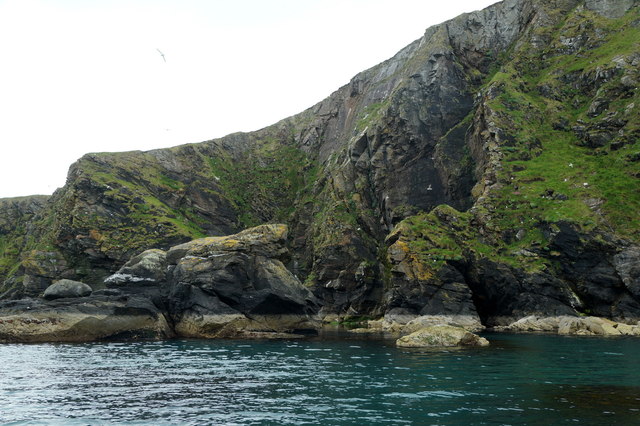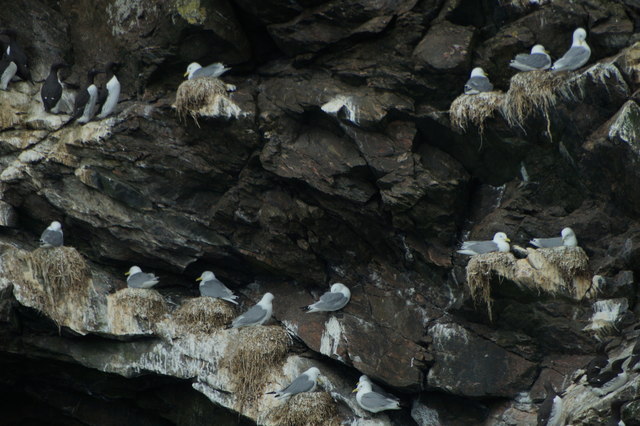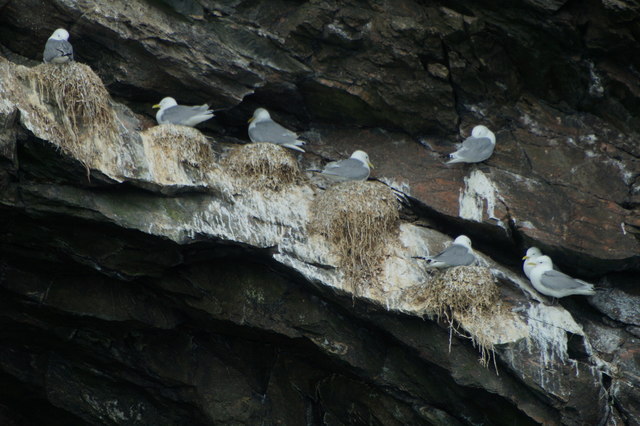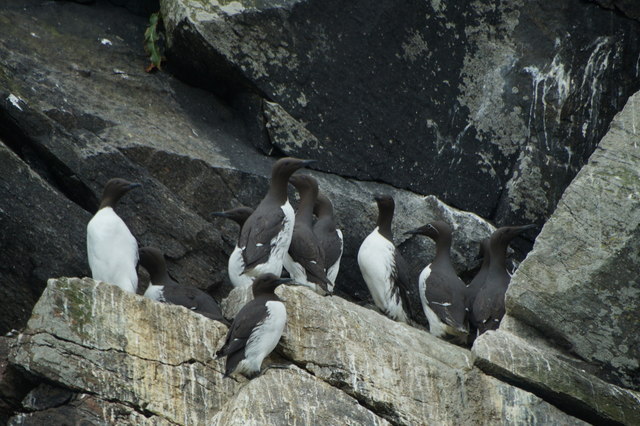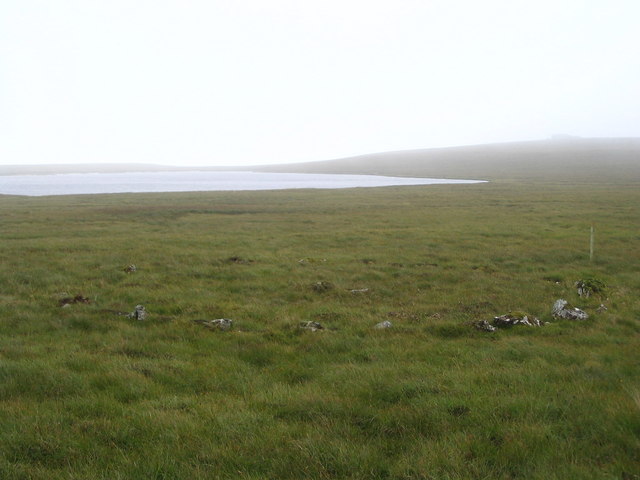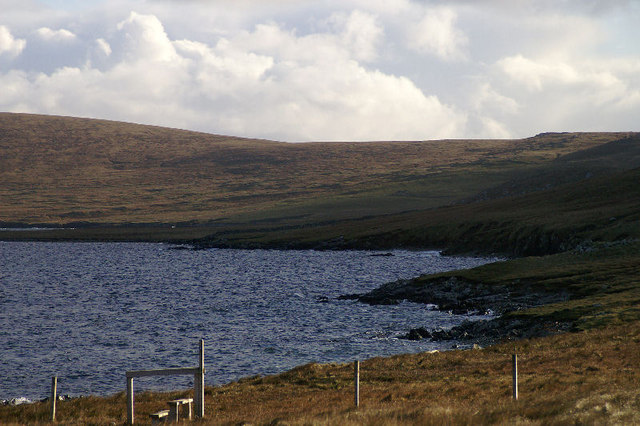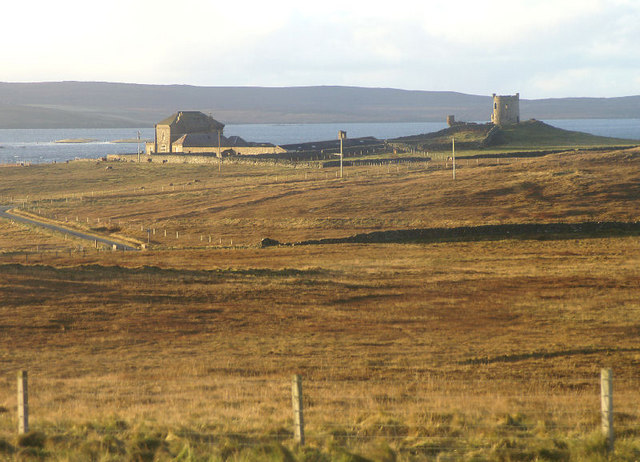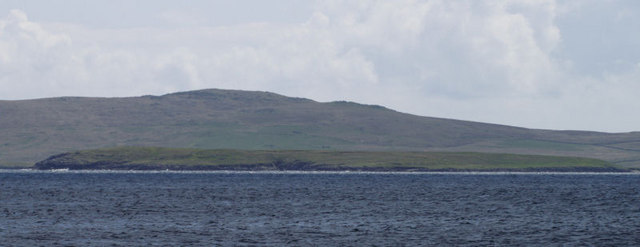Lion's Jaws
Coastal Feature, Headland, Point in Shetland
Scotland
Lion's Jaws
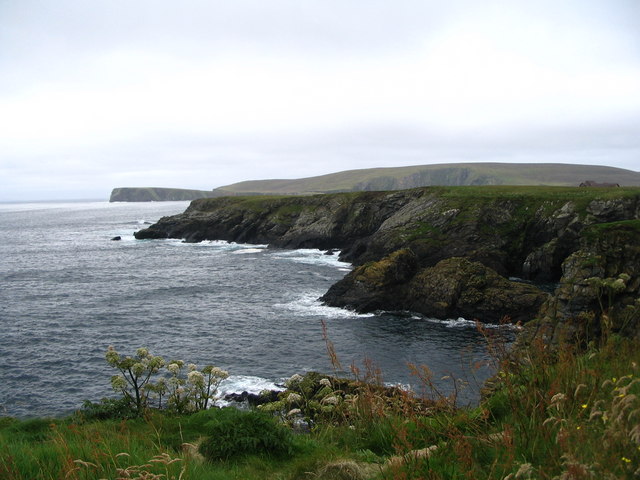
Lion's Jaws is a prominent coastal feature located in Shetland, Scotland. Situated on the western coast of the Mainland, the largest island in the Shetland archipelago, Lion's Jaws is a distinctive headland that juts out into the North Atlantic Ocean.
The name "Lion's Jaws" refers to the jagged and rugged appearance of the cliffs that form the headland. These cliffs, made of ancient volcanic rock, are characterized by their steepness and sharp, tooth-like formations that resemble the jaws of a lion. The sheer height and dramatic shape of Lion's Jaws make it a striking and easily recognizable landmark along the coastline.
The headland offers breathtaking views of the surrounding ocean and the coastline, making it a popular attraction for tourists and nature enthusiasts. The crashing waves of the North Atlantic against the base of the cliffs add to the dramatic appeal of the site, creating a sense of awe and power.
Lion's Jaws is also known for its diverse wildlife. The surrounding waters are home to various species of seabirds, including puffins and gannets, which can be observed nesting on the cliffs. Seals and dolphins are often spotted swimming in the waters around the headland, adding to the natural beauty and charm of the area.
Overall, Lion's Jaws is a captivating coastal feature that showcases the raw beauty of Shetland's rugged landscape. Its striking appearance, stunning views, and rich wildlife make it a must-visit destination for those exploring the Shetland Islands.
If you have any feedback on the listing, please let us know in the comments section below.
Lion's Jaws Images
Images are sourced within 2km of 60.568847/-0.86195075 or Grid Reference HU6287. Thanks to Geograph Open Source API. All images are credited.
Lion's Jaws is located at Grid Ref: HU6287 (Lat: 60.568847, Lng: -0.86195075)
Unitary Authority: Shetland Islands
Police Authority: Highlands and Islands
What 3 Words
///pure.diplomas.styled. Near Houbie, Shetland Islands
Nearby Locations
Related Wikis
Fetlar
Fetlar (Scots: Fetlar) is one of the North Isles of Shetland, Scotland, with a usually resident population of 61 at the time of the 2011 census. Its main...
Haltadans
Haltadans, also known as Fairy Ring or Haltadans stone circle, is a stone circle on the island of Fetlar in Shetland, Scotland. This site is a ring of...
Funzie Girt
Funzie Girt (; Scots: Funyie Girt "Finns' dyke") is an ancient dividing wall that was erected from north to south across the island of Fetlar in Shetland...
Brough Lodge
Brough Lodge is a 19th-century Gothic mansion on Fetlar, one of the Shetland Islands, in northern Scotland. Built by the Nicolson family, who were responsible...
Urie Lingey
For other islands with similar names, see Linga (disambiguation) Urie Lingey is one of the Shetland Islands. It is between Fetlar and Unst, and Yell is...
Hamars Ness
Hamars Ness is a headland on the island of Fetlar in Shetland, Scotland. The name is from the Old Norse Hamarsnes meaning "craggy headland". A ro-ro ferry...
Hascosay
Hascosay (Scots: Hascosay; Old Norse "Hafskotsey") is a small island lying between Yell and Fetlar in the Shetland Islands, Scotland. == Geography and... ==
Aywick
Aywick is a small settlement on the east side of Yell, an island forming part of the Shetland Islands north of Scotland.The naturalist Bobby Tulloch was...
Have you been to Lion's Jaws?
Leave your review of Lion's Jaws below (or comments, questions and feedback).
